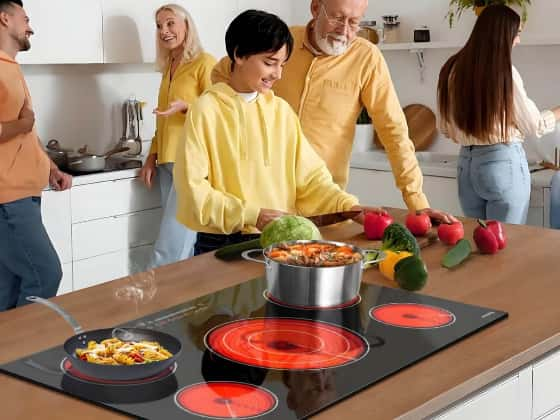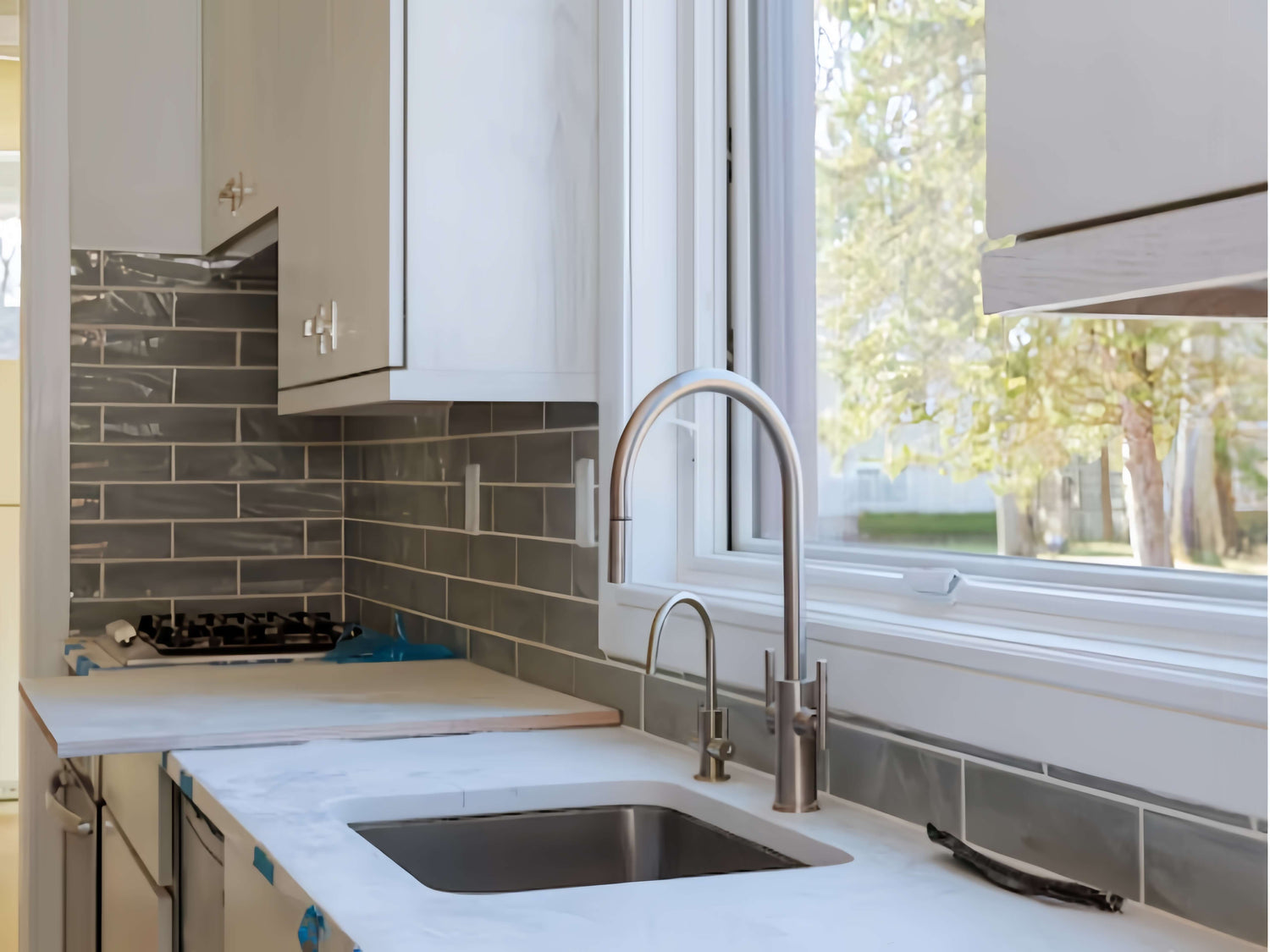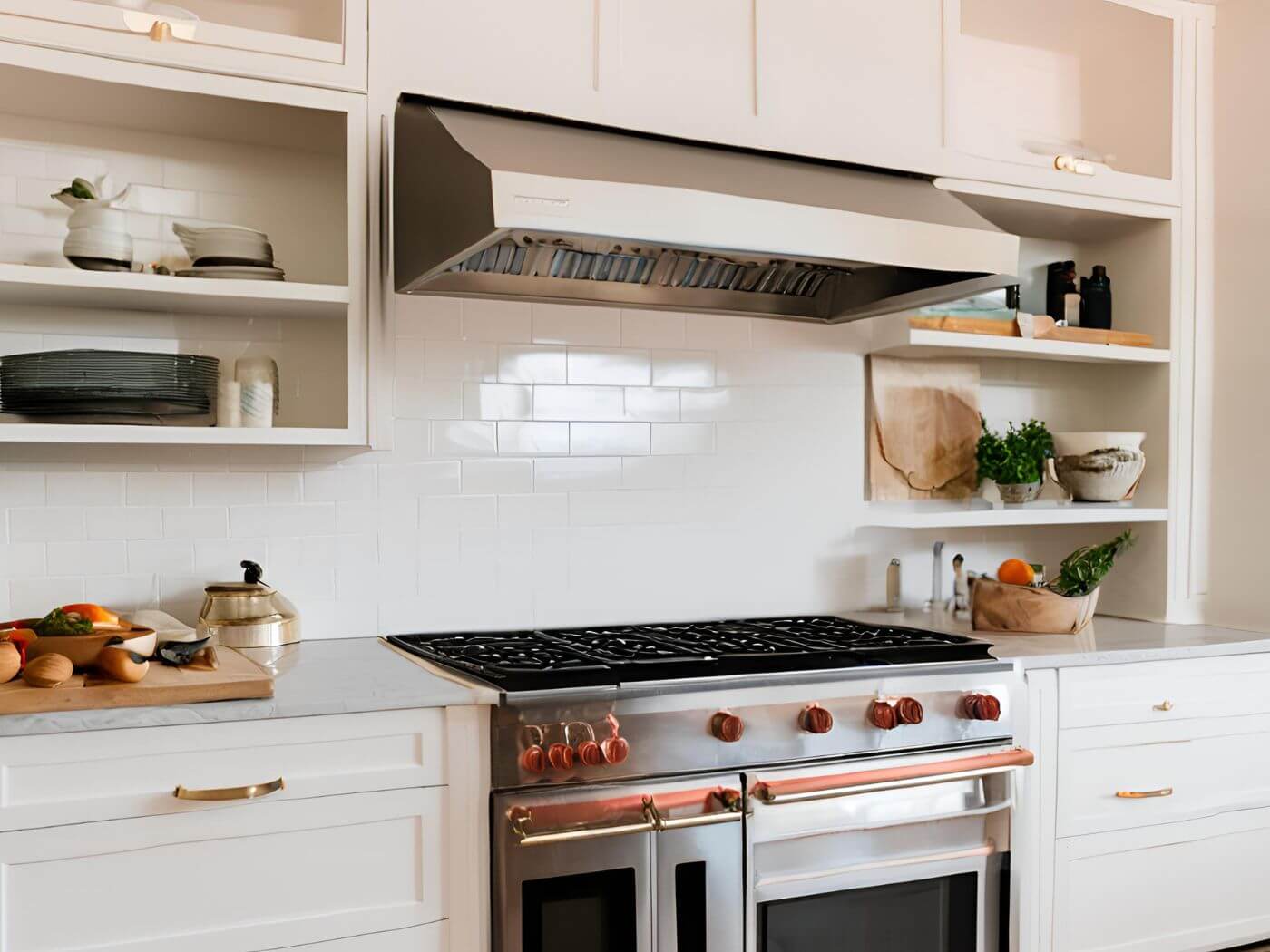
The electrical requirements of an induction cooktop
In our contemporary culinary landscape, induction cooktop stove have emerged as a game-changer, offering unparalleled efficiency, precise temperature control, and a sleek, modern aesthetic. However, as with any significant kitchen upgrade, the decision to embrace this cutting-edge technology often comes with a set of considerations, chief among them being the electrical requirements.
Induction cooktop stove operate on a principle fundamentally different from traditional gas or electric stoves. Instead of generating heat through combustion or resistance, they harness the power of electromagnetic induction to directly heat the cookware. This unique heating mechanism demands a specialized electrical setup, which may necessitate modifications to your home's wiring system.
To grasp the potential challenges and solutions, it's essential to understand the electrical specifications of induction cooktoop stove. These appliances typically require a dedicated 240-volt circuit, similar to what powers an electric dryer or oven. The amperage requirements can vary depending on the size and number of burners, with larger models demanding higher amperage.
Do you need an electrical wiring overhaul for an induction cooktop?
he question of whether you need an extensive electrical wiring overhaul is often the first hurdle that homeowners face when considering an induction cooktop stove upgrade. The answer, however, is not a straightforward yes or no. Several factors come into play, and a thorough assessment of your existing electrical setup is crucial.
If your home was built or renovated within the last decade or so, the chances are that your electrical panel and wiring may already be compatible with the demands of an induction cooktop. Many modern homes are equipped with a 240-volt circuit dedicated to the kitchen, which can be readily adapted to power an induction cooktop.
However, if your home is older or hasn't undergone recent electrical upgrades, the likelihood of requiring a wiring overhaul increases. Older electrical panels and wiring systems may not have the capacity to handle the additional load of an induction cooktop stove, necessitating a comprehensive rewiring project.
It's important to note that even if your home has a suitable 240-volt circuit, the location of that circuit may not align with your desired cooktop placement. In such cases, you may need to enlist the services of a qualified electrician to relocate or extend the circuit, which can add to the overall cost and complexity of the installation.
Alternatives to an expensive electrical wiring overhaul
Portable Induction Cooktop: If you're hesitant about committing to a full-scale induction cooktop installation or if your electrical setup poses significant challenges, consider a portable induction cooktop stove. These compact, countertop appliances offer the benefits of induction cooking without the need for hardwiring. They typically plug into a standard 120-volt outlet and can be a practical solution for those seeking a taste of induction technology without the extensive renovations.
Circuit Breaker Upgrade: In some cases, your existing electrical panel may have the capacity to accommodate an induction cooktop, but the circuit breaker itself may need an upgrade. Consult with a licensed electrician to determine if a simple circuit breaker replacement can provide the necessary amperage for your induction cooktop, potentially saving you from a full rewiring project.
Dedicated Electrical Line: If your electrical panel has the capacity but lacks a dedicated 240-volt circuit for the cooktop, an electrician may be able to run a new dedicated line from the panel to your desired cooktop location. While this option still involves some electrical work, it can be less invasive and costly than a complete rewiring overhaul.
Choosing the right size of an induction cooktop - 30 inch or other options
Once you've addressed the electrical considerations, the next step is to determine the appropriate size of your induction cooktop stove. The most common options range from compact 24 inch models to spacious 36 inch or even 48 inch units, with the 30 inch cooktop being a popular choice for many households.
Suitable for smaller kitchens or spaces with limited countertop real estate
Typically feature three cooking zones or burners
Offer ample cooking surface for most households
The wattage may be slightly lower than that of the 30 inch induction cooktop
Ideal for middle kitchens
Typically feature four cooking zones or burners
Offer ample cooking surface for most households
Require less electrical power than larger models, potentially reducing the need for extensive wiring upgrades
Provide a balance between cooking surface area and kitchen space requirements
Often include five cooking zones or burners, accommodating larger pots and pans
Suitable for households with larger families or those who entertain frequently
May require a dedicated electrical circuit with higher amperage
Karinear 30 inch Induction cooktop
Karinear 30 inch induction cooktop has four spacious burners from 1500W to 2100W with Boost function. Handle different pot sizes and offer ample power for efficient family cooking.The power supply voltage is AC220-240V, which is suitable for most households. Offering ample power for efficient family cooking.
Conclusion
Upgrading to an induction cooktop is a significant investment that can transform your culinary experience, but it's essential to carefully evaluate the electrical requirements and potential challenges. While an expensive electrical wiring overhaul may be necessary in some cases, there are alternatives and solutions that can help mitigate the costs and disruptions.










